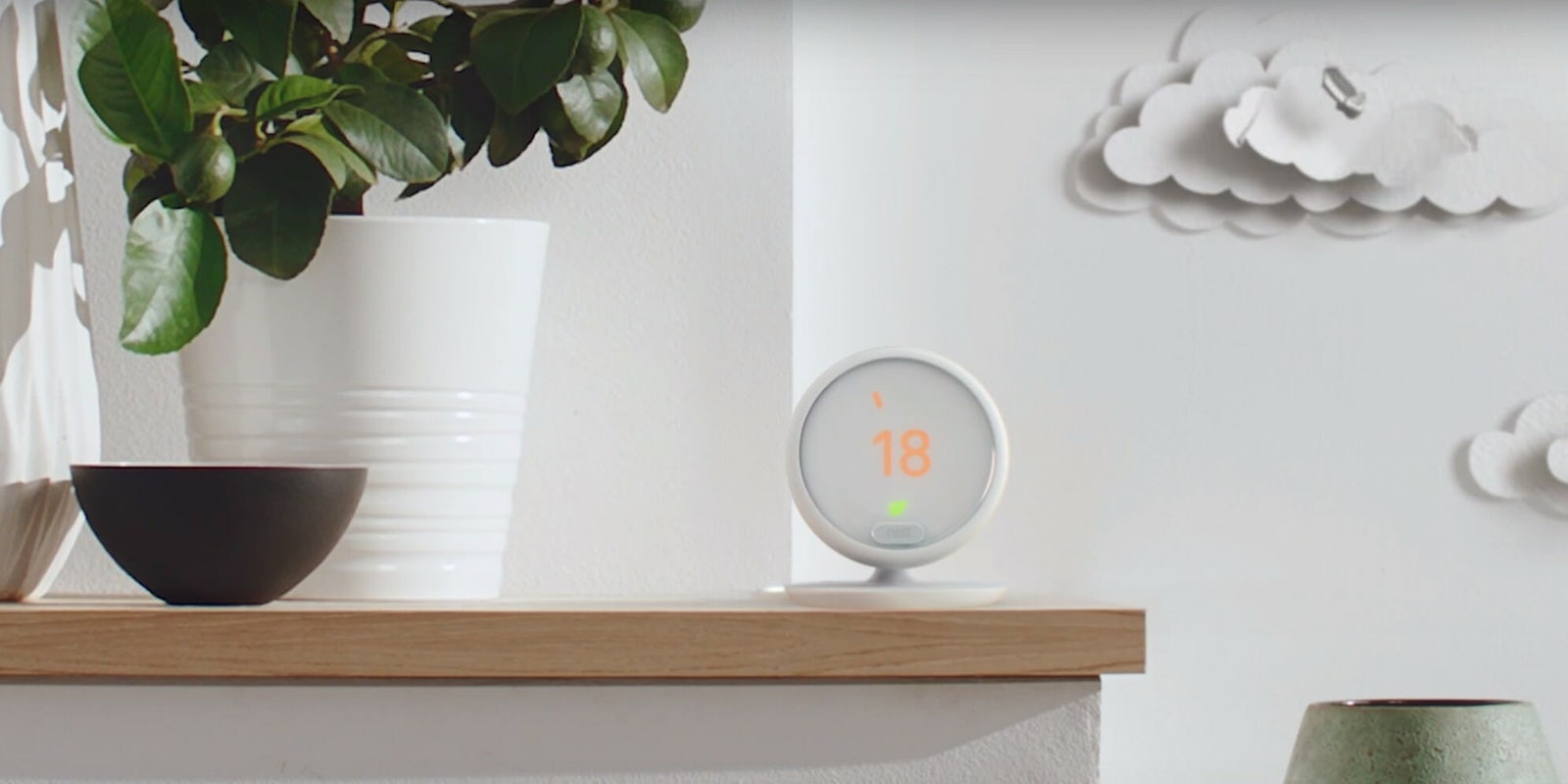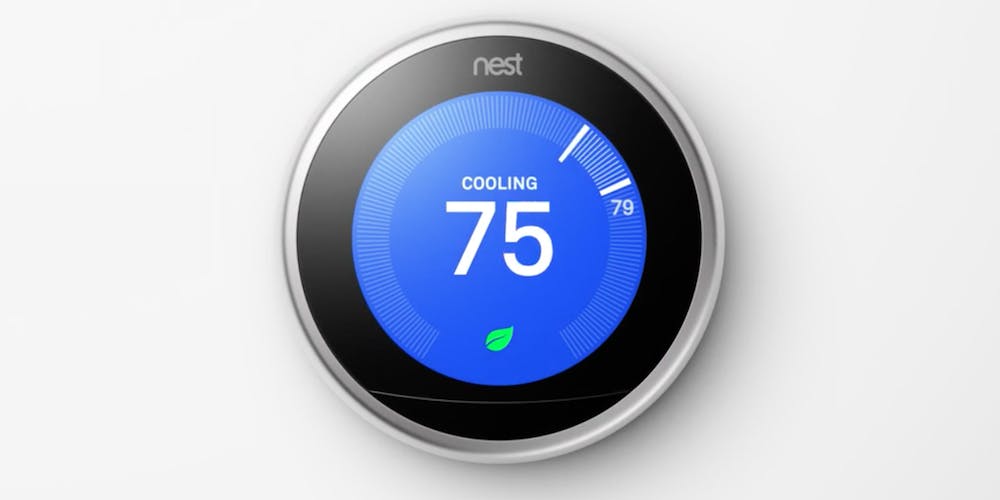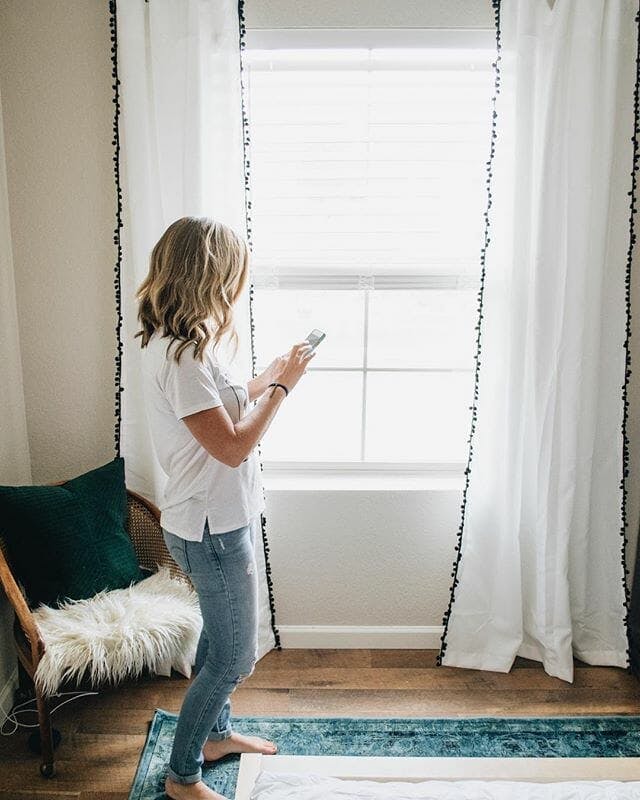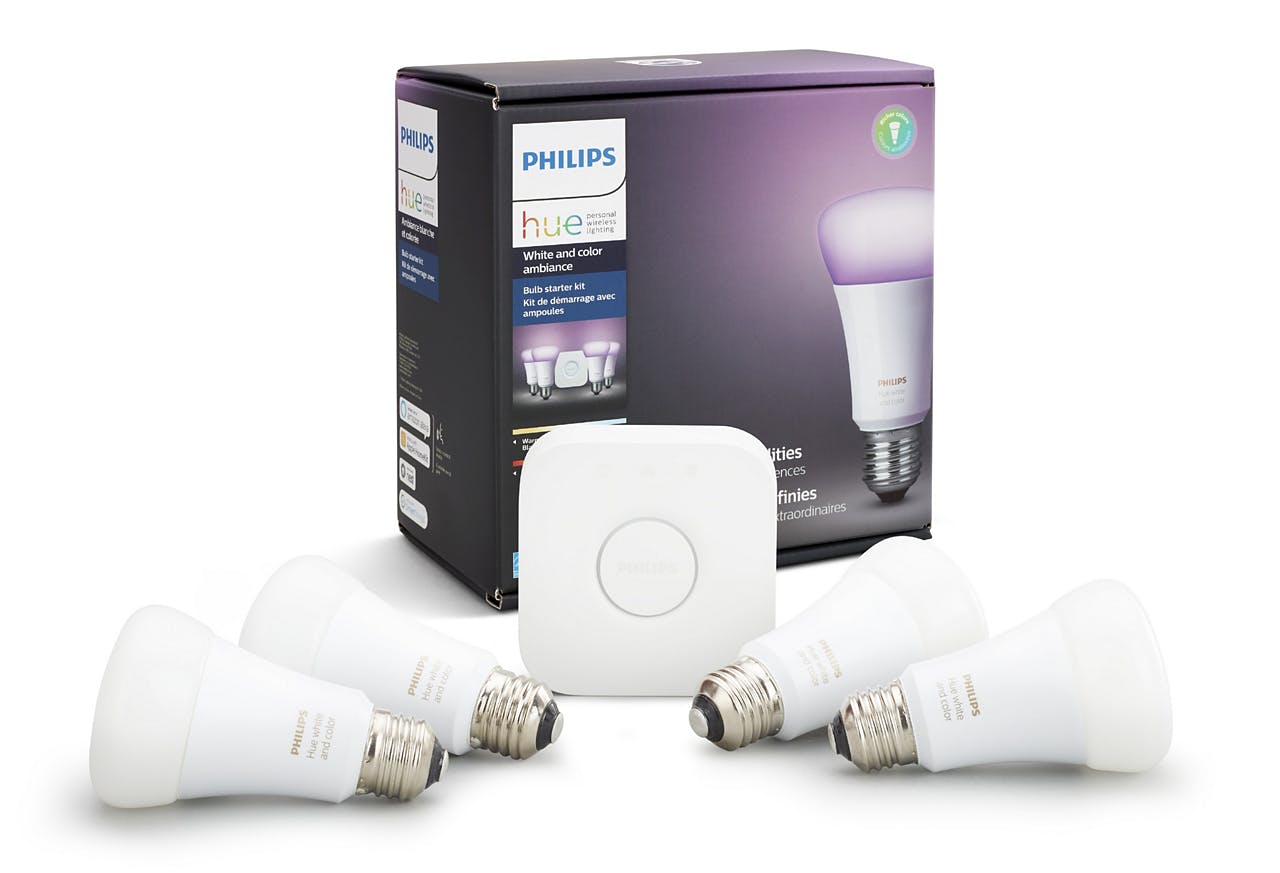Nothing says smart like saving money. A thoughtful smart home saves money by design, usually by reducing waste and making aspects of your home more efficient. By adding automation and remote control access to some of your home’s systems, such as heating and lighting, you can lower your consumption and some of your bills in the process. These five smart home devices are a great place to start.
5 smart home devices that can save you money
1) Thermostat
No matter whether your thermostat controls only heating or the trifecta of heating, ventilation, and air conditioning (HVAC), a smart thermostat can help you cut costs. For example, you might like the temperature a degree or two cooler after you fall asleep but not while you’re awake in bed, and being able to make that change automatically can add up over time when it comes to your utility bills.
READ MORE:
- What is Google Home?
- Google Home vs. Google Home Mini: Which is better?
- Apple HomePod vs. Google Home: What’s the difference?
- 101 funny things to ask Google Home
Some smart thermostats, such as Nest Learning Thermostat ($249), learn your habits over time and know what temperatures you and others in your home prefer at different times of day. Not only does it make your living space more comfortable, it can also help you spot any routine wastefulness, like if your kids unnecessarily blast the A/C when they get home from school. Other top sellers in this category include the Honeywell Wi-Fi Smart Color Thermostat ($199) and ecobee4 ($249).
2) Blinds and window coverings
If you live in the desert, you know that blinds can dramatically reduce your home cooling costs. If you live somewhere cold and snowy, you know they reduce heat loss through the windows. Regardless of where you live, your window coverings only work when you remember to open and close them. With smart connected shades, you don’t have to.
There are a variety of smart window coverings on the market, and one example is MySmartBlinds (price varies). This system is compatible with Amazon Alexa and Google Smart Assistant, or you can use it independently through its own app. Say you’re not home and the temperature starts to rise. You probably want the blinds to close before the A/C needlessly kicks in. When you have smart blinds, you can do that either through automation or manually with remote access.
3) Smart shower head
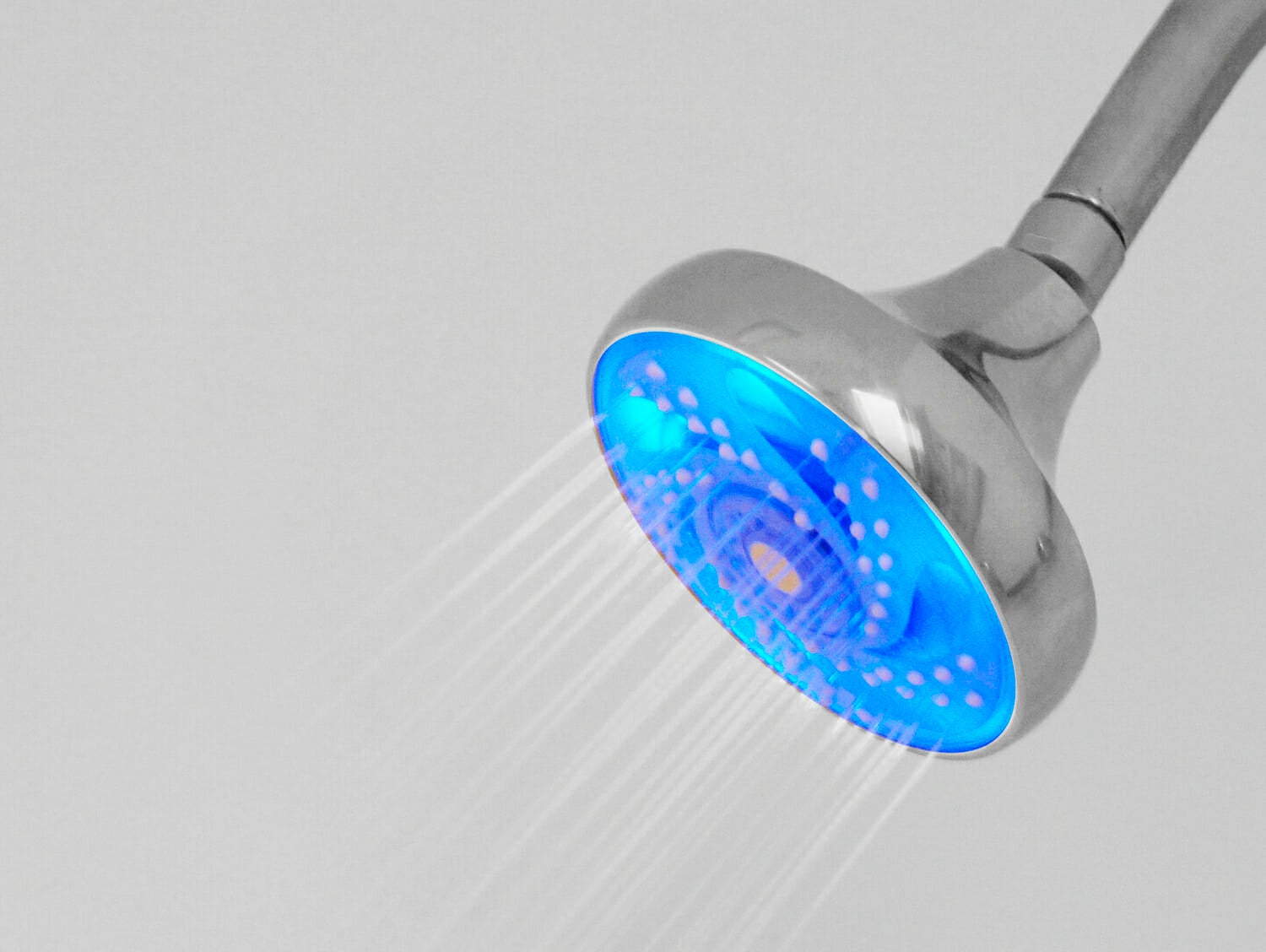
Shower heads that claim to reduce water usage often only do so by slowing down the flow. The Hydrao shower head, however, measures your water consumption and changes colors the more water you use. That way, you have real-time information about your water consumption. During a single shower, the head glows green if you use less than three gallons, blue when you use between three and five gallons, pink from five to eight gallons, and red after that.
READ MORE:
- Apple Homepod vs Google Home vs Amazon Echo
- How to use Google Home as an intercom system
- Everything you should know about the Amazon Fire TV Cube
- What is the Amazon Echo Show, and how does it work?
The Hydrao connects to a mobile app where you can monitor household water use and adjust the amount of water needed to trigger the next color. It uses a water turbine inside the device to power it and can easily swap with an existing shower head. The company sells three models. Hydrao Aloé ($79.90) is a handheld showerhead. Hydrao Cereus ($89, shown above) is a basic wall-mounted style. And the Hydrao Yucca ($109) is a rain showerhead for wall-mounted styles.
4) Light bulbs
Smart light bulbs are smart for a few reasons. First, they’re generally LED lamps rather than incandescent, which means they last a lot longer. The longer they last, the less often you have to buy new bulbs, and that also means less waste. Second, some estimates LED bulbs use about 70 to 80 percent less energy than older bulbs, which is great when you consider that after heating, cooling, and heating water, lighting uses more energy than anything else in residential measurements.
So smart bulbs last longer, use less energy, and you can turn them off remotely. The Philips Hue line has been a solid choice in smart home lighting, but many other brands are available, too.
5) Smart plug or power strip
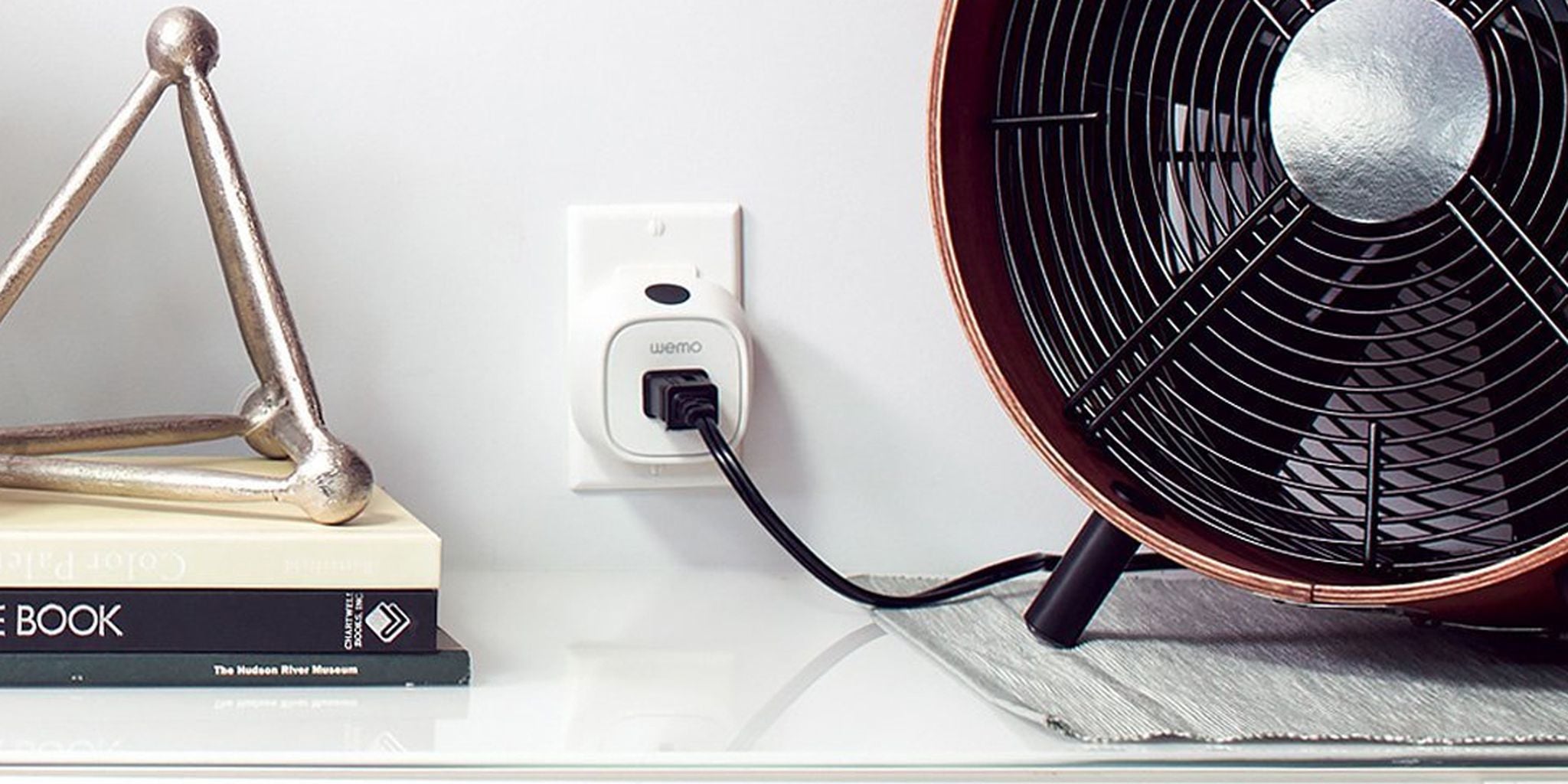
People don’t talk as much as about the phantom load problem as they used to, perhaps because it’s so easy these days to avoid having it in the first place. Your phantom load is the electricity your devices suck up and use even when you’re not actively using them. The blinking lights on a router are part of the phantom load, for example, as is the digital clock on your microwave oven.
To wipe out your phantom load, add a smart plug or smart electrical strip to your smart home. Plugs and strips allow you to cut off the energy supply to devices entirely when they don’t need it. They’re also handy for turning off devices that you might accidentally leave on, such as an electric coffee maker or television set. A few good brands to check out are Belkin Wemo, Kasa Smart by TP-Link, and TopGreener.
Smarter home, bigger savings
There are so many other great devices that can make your home smarter, more efficient, and less wasteful, from flood sensors to home security alarms (which could reduce your homeowner’s insurance). If you’re invested in having a great smart home, these devices will do more than make your home more comfortable. They’ll also save you a little money in the long run. For more suggestions, see our recommended devices and accessories for Amazon Echo and Google Home.

